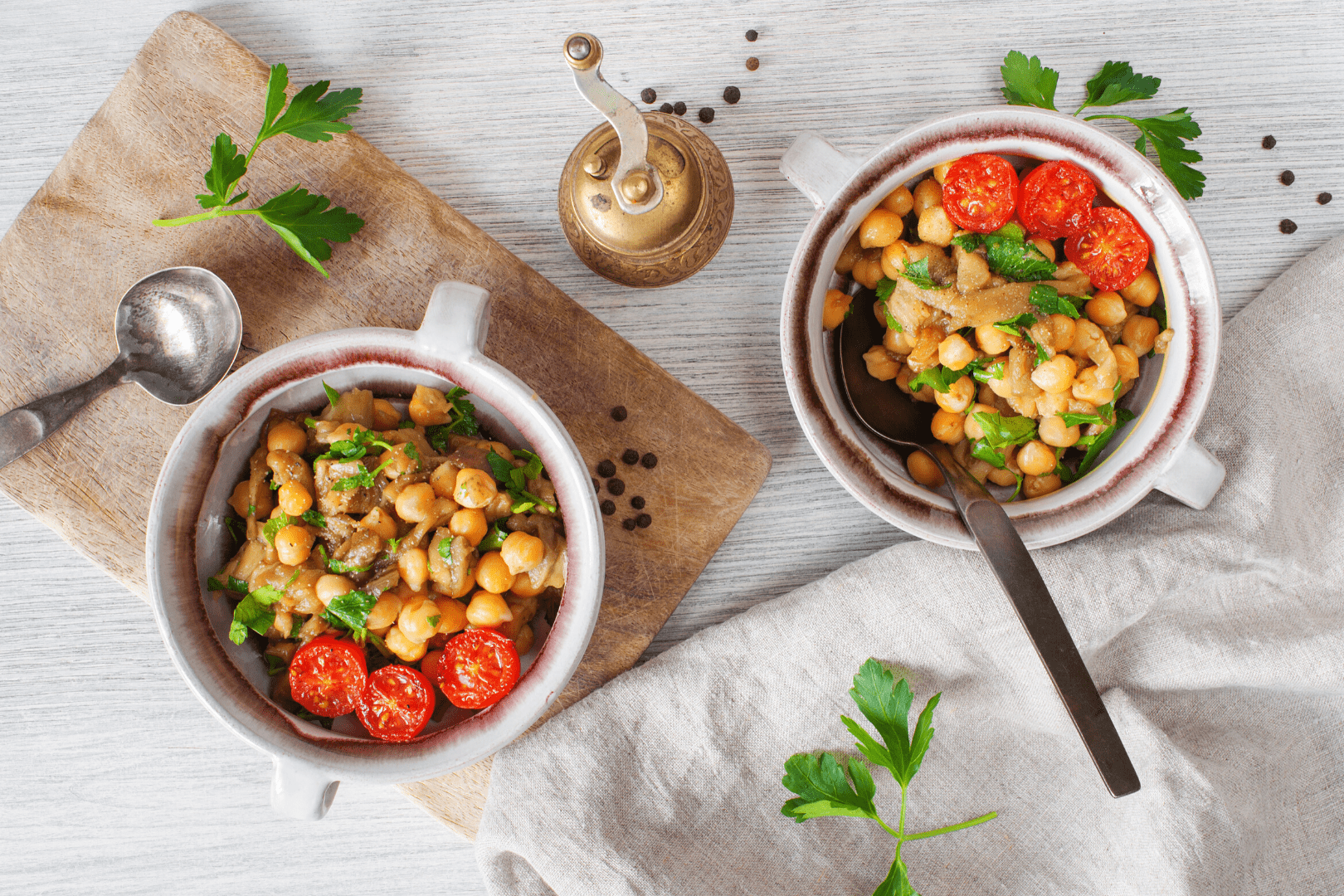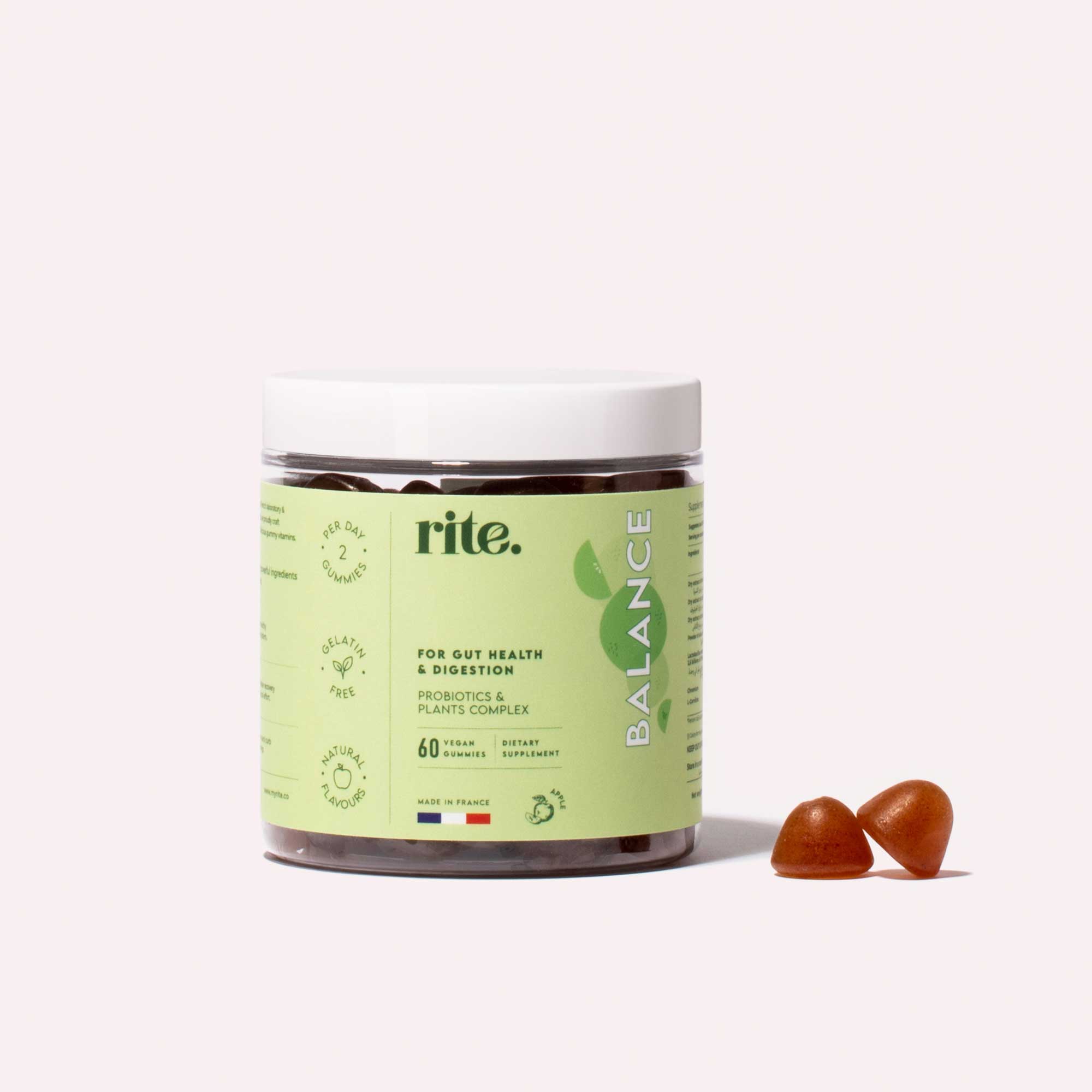Gut Health and Menopause


Can you eat to beat menopausal symptoms? Here’s a guide to gut health, microbiomes, gut-friendly foods, and how it all might help you to live better…
Gut health… another buzzword or should we be paying attention? If you’re going through perimenopause or menopause, gut health is something you shouldn’t ignore. We’re learning more all the time about the importance of gut health and the impact it has on our general health, on specific conditions and diseases, and at various stages of our lives, including menopause.
But what exactly is good gut health? And what’s the relationship between gut health and menopause? Several things have a major impact on gut health but, in this article, we’re focusing on food. We’ve looked at the latest findings to help you make informed decisions about what and how you eat – because it could make a significant difference to your menopausal symptoms.
What do we mean by good gut health?
Your digestive tract (your gut) is home to millions –trillions, in fact – of bacteria, known as gut microbes. Many of these are good for you and have a direct impact on your health. A healthy gut has a rich diversity of microbes and has an important role to play in combating conditions such as diabetes, heart disease and obesity, as well as tackling inflammation, which is linked to auto-immune diseases.
If you read anything about gut health, you’ll come across the words microbiota and microbiome. But what do they mean?
As Nicola Davies explained, in this article, ‘…our bodies harbour a huge array of micro-organisms. While bacteria are the biggest players, we also host single-celled organisms known as archaea, as well as fungi, viruses and other microbes – including viruses that attack bacteria. Together these are dubbed the human microbiota. Your body’s microbiome is all the genes your microbiota contains…’
She adds that the terms are often interchanged so, to simplify matters, we’re sticking to the term microbiome.
What affects your gut health?
It’s no surprise that what you eat and drink has a significant effect on your gut health, but so too does the environment, stress, and any medication you might be taking, such as antibiotics or non-steroidal anti-inflammatories (NSAIDS). Hormone levels affect gut health too, so your gut microbiome changes throughout your life.
Gut health and menopause – what’s the connection?
Your oestrogen and progesterone levels affect hormone receptors in your gut, and these, in turn, affect how efficiently your gut works. So, a drop in those hormone levels means a change in your microbiome. At the same time, if your gut is having to cope with inflammation, triggered by factors such as alcohol, certain foods, lack of sleep, or medication, for example, it will affect the way your hormones, including serotonin – the happiness hormone – work.
If you’re struggling with menopausal symptoms such as hot flushes, low mood, or lack of energy, they could be due to a less than healthy gut microbiome. Dr Rangan Chatterjee is a GP, health writer, and TV programme presenter in the UK; he believes that, when it comes to supporting women through menopause, advising on good gut health should be the starting point, rather than prescribing medication. As he says on his website, ‘We get taught at medical school that symptoms such as hot flushes and night sweats are a result of falling oestrogen levels. However, every menopausal woman will have falling oestrogen levels but not every woman will have menopausal symptoms. Why? Because there are many other factors that play a part – most importantly, nutrition and lifestyle.’
What’s the best way to eat for gut health during menopause?
As with so much in life, gut health is all about aiming for a sense of balance, without neglecting variety, and trying to eat as well as we can. (The same applies to moving, relaxing, and sleeping well.)
There’s increasing evidence that a plant-based diet is a major contributor to a healthy gut. So, eat plenty of vegetables and aim for a good variety of colour every day:
- Red (beetroot, peppers, red onions, tomatoes)
- Yellow (squash, sweetcorn)
- Orange (carrots, pumpkin, sweet potato)
- Green (avocado, broccoli, kale, peas, runner beans)
- Purple (aubergine, black rice, olives)
- White (chickpeas, cauliflower, garlic, lentils, parsnips).
These are just a few examples – add your own favourites to the different colour groups.
Fruit, in moderation, is good too but not too much – no more than three helpings a day, as fruit is high in sugar. As with vegetables, vary the fruits you eat, with the emphasis on red berry fruits, which are full of good nutrients.
Healthy plant-based protein sources include tofu, nuts, seeds and legumes, such as lentils, chickpeas, and haricot, French beans and kidney beans. If you want to avoid the flatulence often associated with beans, eat a wholegrain, like black or red rice, with them, and wait for two to three hours before eating any fruit.
Fermented drinks and food such as kefir, kimchi, kombucha, or sauerkraut will do wonders for your microbiome! You can even learn how to make your own fermented food and drinks at home.
What to avoid or ease up on, and food swaps for good gut health
A plant-based diet doesn’t mean you have to switch to a vegan or vegetarian diet; but, if you do eat meat, try not to have it more than a couple of times a week and, if possible, stick to organic meat, as this is hormone free. Opt for light or white meat, such as poultry, keep your red meat intake to a minimum, and avoid salty, smoked meats. Oily fish is a good source of protein and ‘healthy’ fat; keep to two portions a week.
Processed foods should be limited, crisps, biscuits, and many ready meals come into this category. As far as possible, prepare fresh food from scratch to avoid unhealthy additives, including sugar. Cooking healthy meals doesn’t mean spending hours in the kitchen and you can save time by cooking in bulk and freezing one-meal portions.
Try to avoid refined sugars and sugary foods, or keep your intake to an absolute minimum and save cakes for special occasions. Artificial sweeteners, like those found in so many carbonated drinks, are also a no-no because they have been shown to disrupt hormone levels. If you want to add a touch of sweetness to a dish, keep it natural with a little organic maple syrup, molasses or honey, but not too much!
Pasta – swap refined wheat pasta for wholewheat or plant-based based pasta, made from lentils or peas; look for it in the Free From aisle in most supermarkets.
Bread – try to avoid white and processed bread; switch to wholegrain or, even better, sourdough, which has the additional benefit of being made from a fermented starter.
Inspiration and ideas for good gut health
A fresh, vegetable-rich, colourful, varied and seasonal approach to eating is exactly what the Mediterranean diet will give you. Not only will your taste buds appreciate it, your gut microbiome will too. In addition, you can adapt the Mediterranean diet to almost any food preferences, whether you’re a carnivore, pescatarian, vegetarian or vegan – or somewhere in between.
If you’re looking for recipe and meal ideas, Live Better With recommends The Midlife Kitchen by Mimi Spencer and Sam Rice. It’s packed with information about nutrition and eating for balance during the menopause and lists the specific benefits of each recipe, so that you can target what you’re cooking to suit your needs or menopausal symptoms.
Weight loss and healthy eating can become more of a challenge during the menopause; however, simple changes can make a big difference. Click here to view the range of products that Live Better With offer for managing your diet and weight as you go through the menopause.
Good gut health online
For a list of recommended gut health medics and food writers, visit the Live Better With site here.
About Live Better With
This article was originally written and published by our partner Live Better With.
Live Better With’s mission is to make everyday living a bit better for the millions of people living with long term health conditions, all over the world. We do this through thousands of curated products, informative content, useful services and a thriving online community. Visit Live Better With here.













































